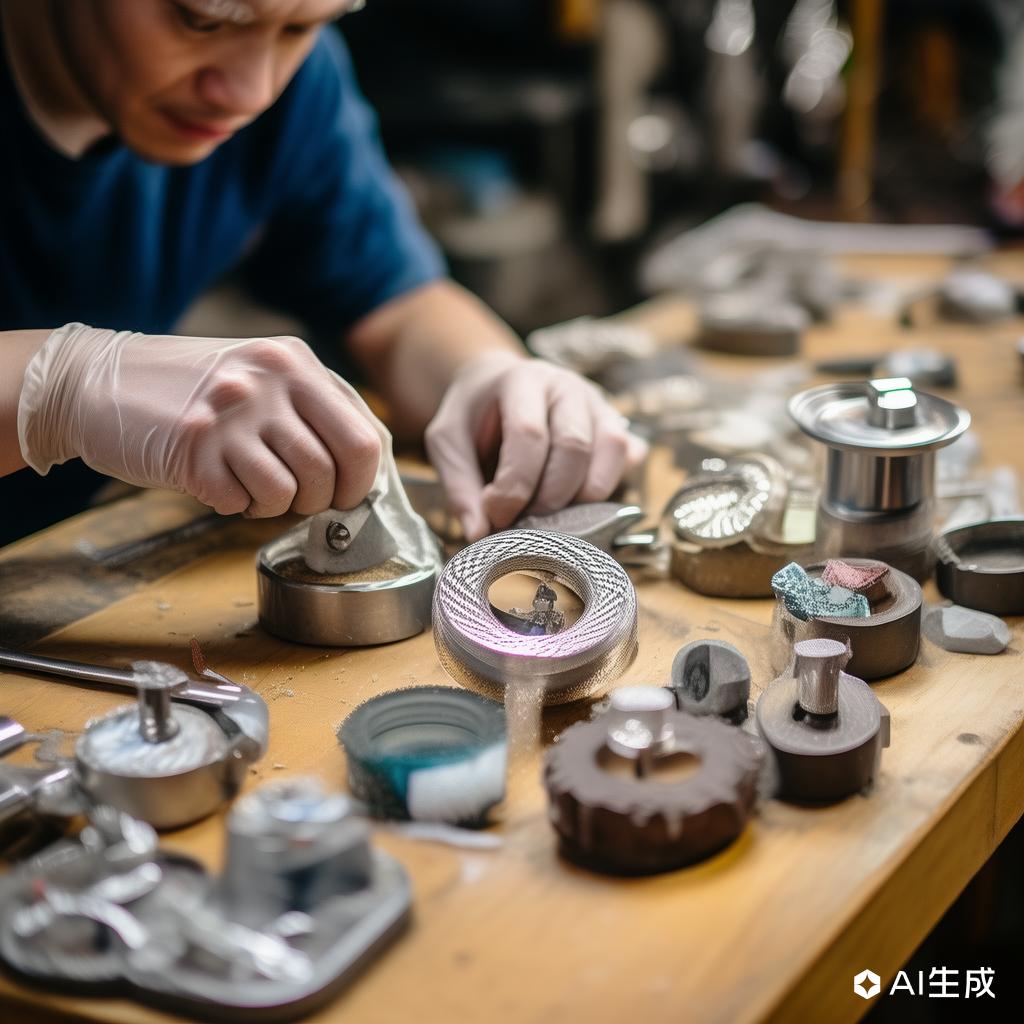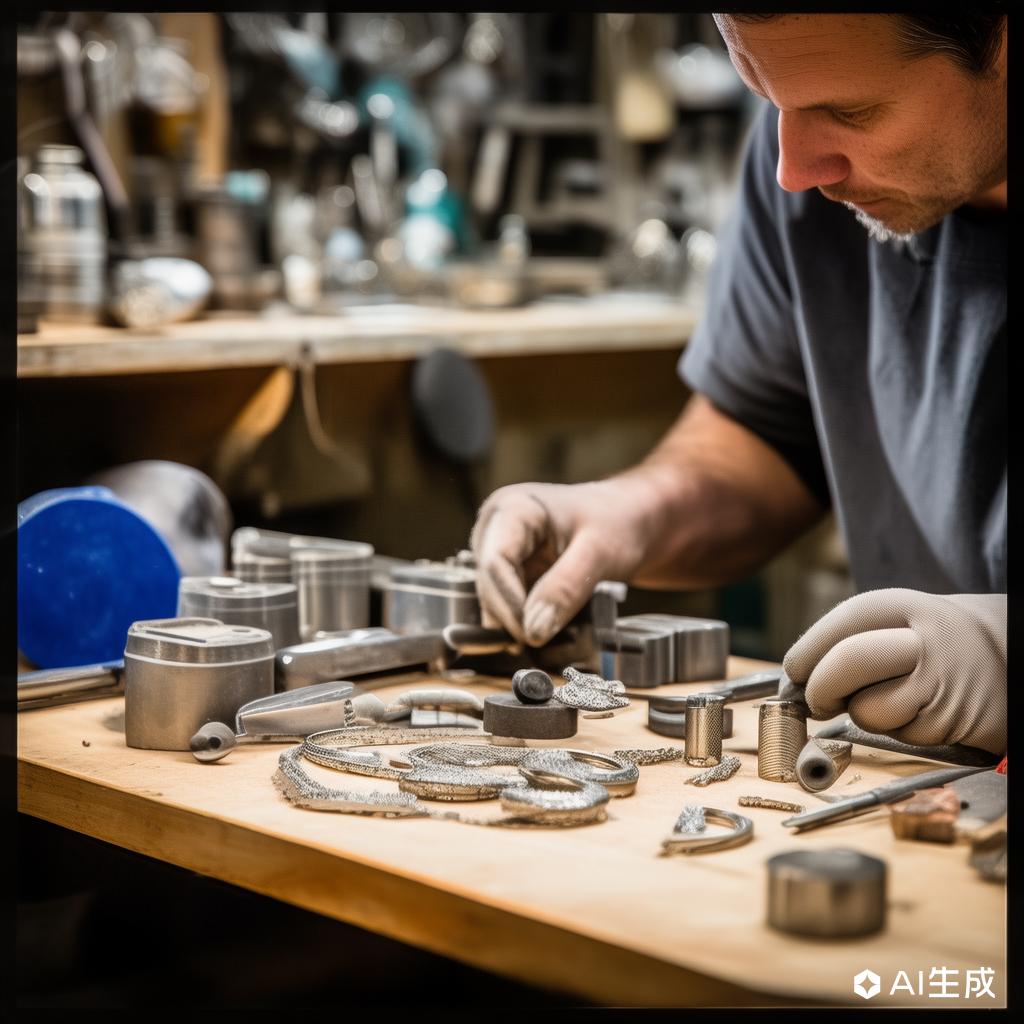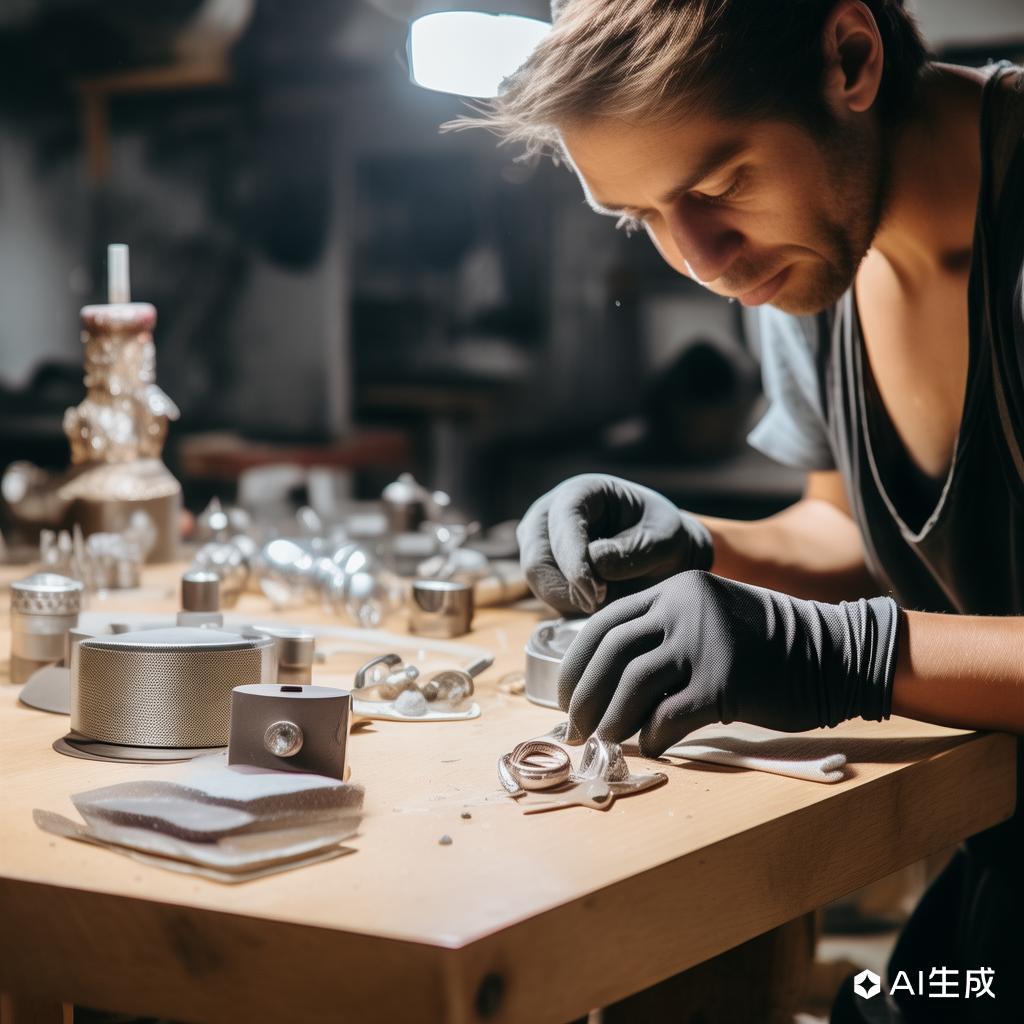Mastering Jewelry Grinding: Techniques for Perfect Polish and Shine
Share



Jewelry making is an art that requires precision, skill, and the right techniques. One crucial aspect of this craft is grinding, which plays a significant role in achieving a perfect polish and shine. Whether you are a seasoned jeweler or a hobbyist, understanding various jewelry grinding methods can elevate your work to new heights. This article delves into the most effective grinding techniques, tools, and tips to help you master this essential skill.
### Understanding Jewelry Grinding
Jewelry grinding involves smoothing and shaping metal to achieve the desired finish. It is a process that requires meticulous attention to detail and the right tools. The primary goals of grinding are to remove excess material, create a smooth surface, and prepare the piece for polishing.
### Common Grinding Methods
1. **Hand Grinding:**
- **Tools Used:** Files, sandpapers, and emery boards.
- **Technique:** This traditional method involves manually shaping and smoothing the metal using various files and sandpapers. It is ideal for intricate designs and delicate pieces.
- **Pros:** Greater control and precision.
- **Cons:** Time-consuming and labor-intensive.
2. **Mechanical Grinding:**
- **Tools Used:** Bench grinders, flex shaft machines, and rotary tools.
- **Technique:** These machines use rotating wheels or bits to grind the metal quickly and efficiently.
- **Pros:** Faster and more consistent results.
- **Cons:** Requires practice to avoid over-grinding.
3. **Ultrasonic Grinding:**
- **Tools Used:** Ultrasonic machines.
- **Technique:** This high-tech method uses ultrasonic vibrations to grind and polish the metal surface.
- **Pros:** Exceptional precision and ability to reach intricate areas.
- **Cons:** Expensive equipment and limited to certain materials.
### Tips for Effective Grinding
- **Choose the Right Tool:** Select the appropriate grinding tool based on the material and design of your jewelry.
- **Start with Coarse Grinding:** Begin with a coarse grit to remove excess material, then gradually move to finer grits for smoothing.
- **Maintain Consistent Pressure:** Apply even pressure to avoid uneven grinding and potential damage to the piece.
- **Keep the Piece Cool:** Use a coolant or water to prevent overheating, which can warp or discolor the metal.
- **Regularly Check Your Work:** Frequently inspect the piece to ensure you are achieving the desired shape and smoothness.
### Safety Precautions
Grinding can be hazardous if not done correctly. Always wear protective gear, such as goggles and gloves, to safeguard against flying debris and sharp edges. Ensure your workspace is well-ventilated to avoid inhaling metal dust.
### Conclusion
Mastering jewelry grinding techniques is essential for creating exquisite and professional-looking pieces. By understanding the different methods, choosing the right tools, and following best practices, you can achieve a flawless finish that showcases your craftsmanship. Whether you prefer the precision of hand grinding or the efficiency of mechanical methods, the key is to practice and refine your skills continually.